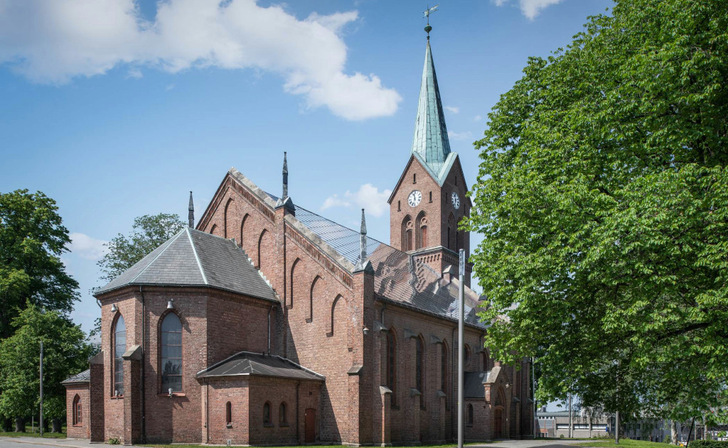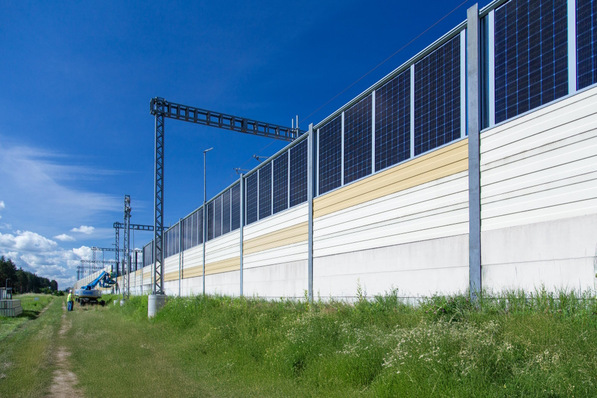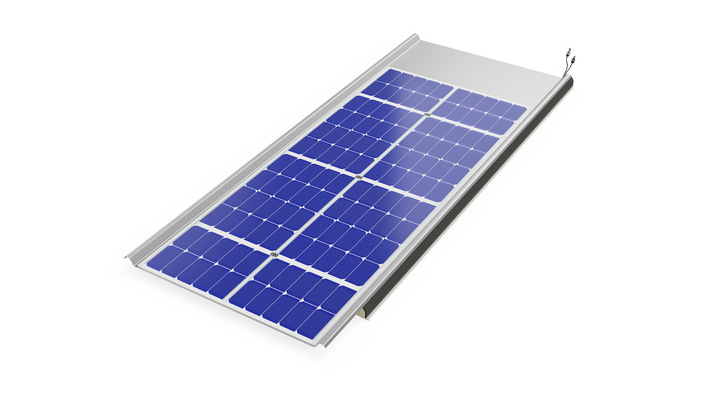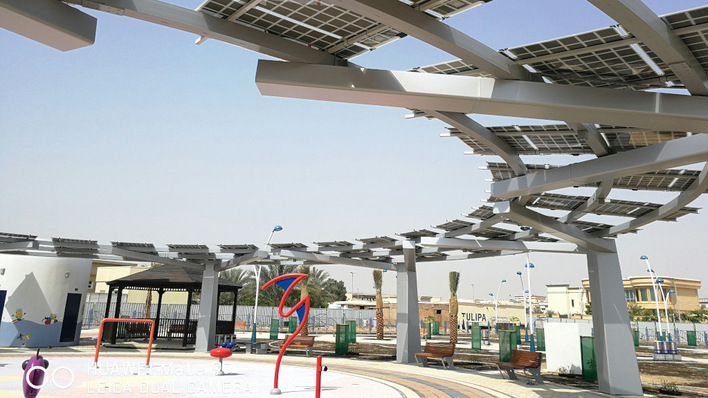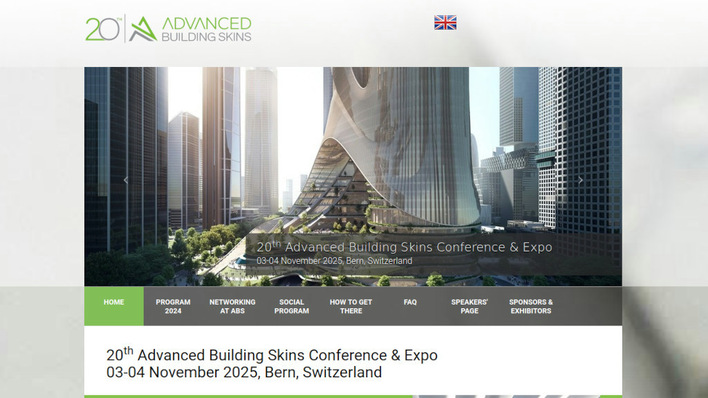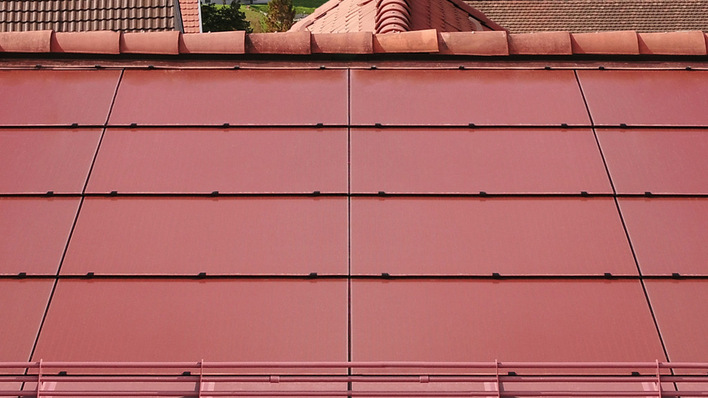With its project in Norway, Swiss solar roofing provider Sunstyle demonstrates how photovoltaics can be adapted to suit sensitive heritage sites. The listed neo-Gothic church in Sarpsborg is now equipped with discreet, roof-integrated solar shingles. Approaches like this are essential to expanding solar uptake on rooftops, particularly those that are open and unshaded.
Don’t miss: Webinar with K2 Systems on 14 April 2025: Simple solutions for complex PV projects
Discreet integration
Conventional rooftop PV systems are often too visually intrusive and risk rejection by monument protection authorities. In such cases, solar modules must be integrated into the roof cladding so they remain hidden. The surface must also appear unobtrusive and well integrated. In addition, the fragile structure of many historic roofs can limit the use of standard systems.
Preserving the architecture
The church in Sarpsborg, with its tall glass windows, was built in the neo-Gothic style and is a landmark in Norway’s third-oldest town. After a fire in 1861, it was rebuilt on the original foundation walls and has since undergone several renovations – all without compromising its distinctive architecture.
Vienna’s DOCKS combines solar and noise protection
Flush profile for near-invisibility
The most recent renovation continued that tradition. Instead of standard roof tiles, the town chose solar shingles from Sunstyle. With their flush profile, the tiles blend seamlessly into the roof, preserving the church’s historic character while generating clean electricity.
Norman Foster Solar Award for church renovation in Switzerland
Raising money for renovations
Solar energy offers more than just environmental benefits for historic buildings. By lowering energy costs or even generating revenue, PV systems can support ongoing maintenance and conservation. In this way, solar technology becomes a tool both for climate action and for protecting cultural heritage. (su/tf)


